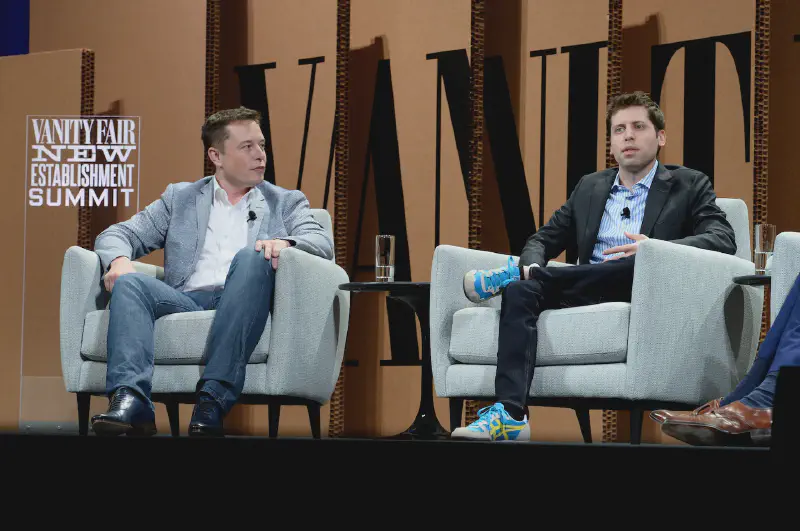A few days ago, I watched a leader ignore clear data signals and follow their ‘instinct’ instead.
Sam Altman of OpenAI recently released GPT-4.5, an impressively powerful but extraordinarily expensive AI model. The timing was peculiar - just weeks after DeepSeek released their open source alternative that delivers comparable capabilities at a fraction of the cost.
This wasn’t just a product launch. It was a case study in how established AI companies respond when the ground shifts beneath them.
The AI market is evolving faster than any technology we’ve seen before. The half-life of competitive advantage keeps shrinking. What was magical six months ago is table stakes today.
Open source alternatives aren’t just cheaper - they’re increasingly powerful. They represent a fundamental shift in how AI capabilities are distributed. When powerful models become accessible to everyone, the premium product needs a compelling reason to justify its cost.
For AI companies, the right business strategy isn’t about being first or best anymore. It’s about being adaptable. It’s about reading signals and pivoting quickly.
OpenAI’s strategic choices reveal an organization potentially caught between two worlds - the closed, premium model that built their empire and the open, accessible future rushing toward us.
The companies that survive won’t necessarily be the ones with the best technology. They’ll be the ones that correctly interpret market signals and adapt their business models accordingly.
Microsoft’s $13 billion investment in OpenAI means they can’t simply pivot to open source. They’ve bet on a specific vision of AI’s future - one where proprietary models maintain their value premium indefinitely.
But what if that future never arrives?
The stakes couldn’t be higher. For AI companies, business strategy isn’t just about growth or market share anymore. It’s existential. Choose wrong, and you might not get a second chance.
DeepSeek’s release wasn’t just a competing product. It was a signal that the competitive landscape is fundamentally changing. Sometimes the most important business insights don’t come from your customers or your team - they come from watching shifts in the wider ecosystem.
Leaders who succeed in this environment will be the ones who can distinguish between authentic instinct (built on years of pattern recognition) and the comforting stories we tell ourselves when faced with uncomfortable data.
The AI companies that thrive will be the ones that can balance innovation with adaptability, technical excellence with business model flexibility.
In a market moving this quickly, the traditional approach of building moats around proprietary technology may not be enough. The winners might be those who can envision and execute entirely new ways of creating and capturing value.
For every AI leader, the question isn’t just “What’s our next product?” It’s “Are we building the right kind of company for the world that’s emerging?”
